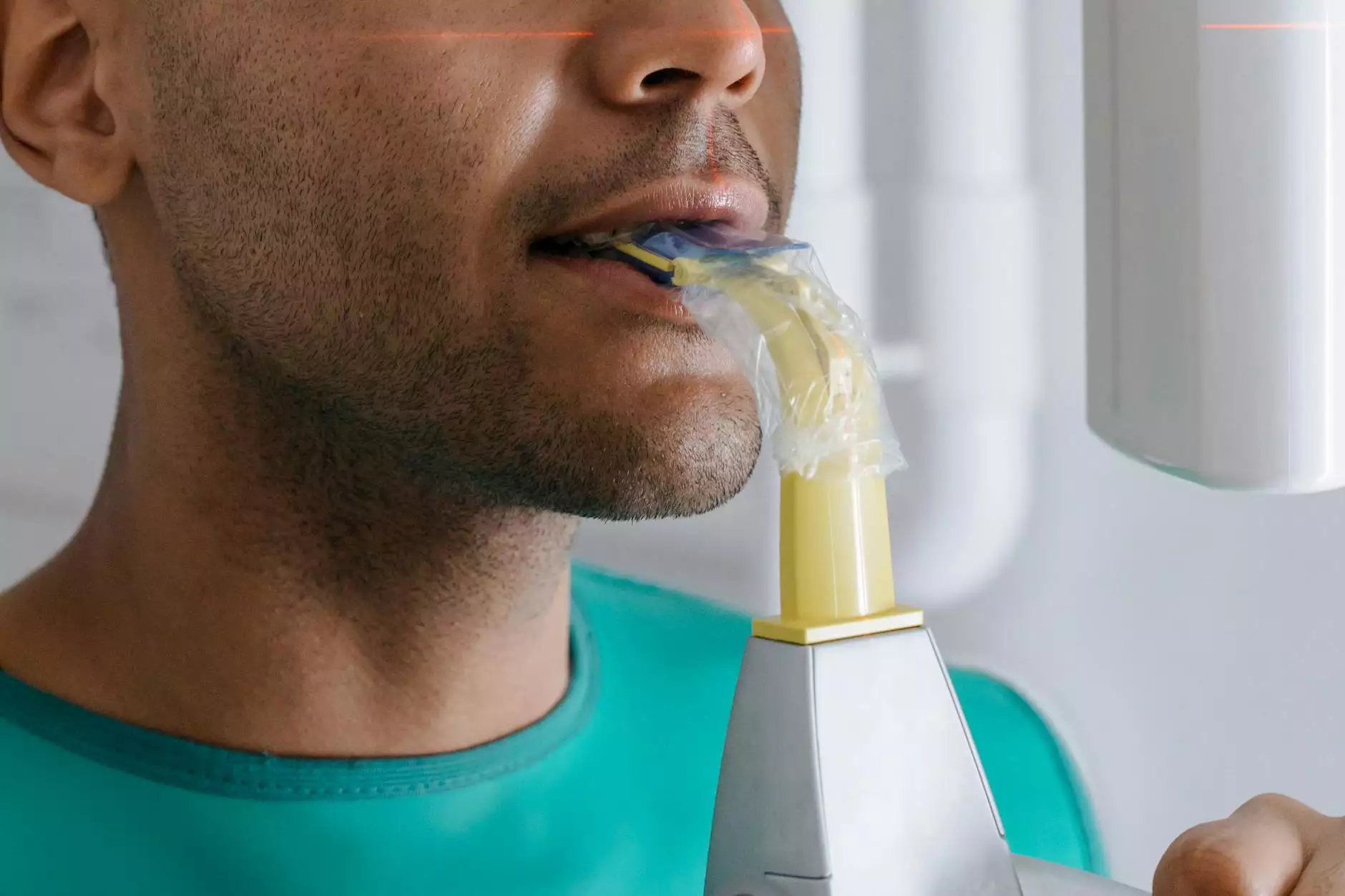Understanding CT Chest for Lung Cancer Diagnosis

Lung cancer remains one of the leading causes of cancer-related deaths globally. Early diagnosis is crucial for improving treatment outcomes and survival rates. One of the most significant advancements in cancer diagnostics is the use of CT chest scans, which allow for detailed imaging of the lungs and thoracic structures. In this comprehensive article, we will explore the importance of CT chest scans in diagnosing lung cancer, the procedures involved, and the implications for patient care.
The Role of CT Scans in Lung Cancer Detection
Computed Tomography (CT) scans are a powerful diagnostic tool used to create detailed images of the body. In the context of lung cancer, these scans are instrumental in several ways:
- Early Detection: CT scans can identify lung cancer at its initial stages when treatment is most effective.
- Staging the Disease: They help determine the extent of cancer and whether it has spread to nearby lymph nodes or other organs.
- Monitoring Treatment Response: Follow-up scans are essential for assessing how well the treatment is working and making necessary adjustments.
- Guiding Biopsies: CT imaging can assist physicians in accurately targeting suspicious areas for biopsy.
How CT Chest Scans Work
A CT scan, particularly a CT chest scan, utilizes a series of X-ray images taken from multiple angles around the body. These images are then processed by a computer to create cross-sectional images of the chest. This procedure is non-invasive and typically takes about 10 to 30 minutes to complete.
Preparation for a CT Chest Scan
Preparatory steps may vary depending on the healthcare facility's protocols, but common practices include:
- Fasting: In some cases, patients may be asked to refrain from eating or drinking for a few hours before the scan.
- Medication Review: Informing the healthcare provider about any medications, allergies, or medical history that could affect the procedure is vital.
- Clothing: Patients may be asked to wear loose-fitting clothing or a hospital gown to facilitate the scanning process.
What Happens During the CT Chest Scan?
During a CT chest scan, the patient lies flat on a table that slides into the CT scanner. Here’s a step-by-step overview of the process:
1. Positioning
The technologist will position you on the scanning table and may provide instructions regarding your breathing during the scan.
2. Scan Execution
The scanner will rotate around you, capturing images while you remain still. If contrast media is used, it may be injected into a vein to enhance imaging quality.
3. Completion
Once the scan is completed, the technologist will assist you in getting up. You can typically resume normal activities immediately.
Benefits of CT Chest Scans in Lung Cancer Management
CT chest scans provide several significant benefits for lung cancer management, including:
- High Sensitivity: The detailed images produced by CT scans can detect even small tumors that may be missed by standard X-rays.
- Comprehensive Evaluation: They offer a thorough view of the lung anatomy, including surrounding tissues, which is crucial for diagnosing and staging cancer.
- Non-invasive Nature: With no need for surgical procedures, CT scans minimize discomfort and risk for patients.
- Speedy Process: The quick turnaround of CT scans can lead to faster diagnosis and timely treatment initiation.
Interpreting CT Scan Results
Once the CT chest scan is complete, a radiologist will analyze the images and provide a detailed report. Here’s what healthcare providers typically look for:
Lung Nodules
The presence of lung nodules can be indicative of cancer, but not all nodules are cancerous. The size, shape, and growth pattern are critical factors in determining the nature of the nodules.
Masses and Tumors
If a mass is detected, further evaluation may be necessary to define it more clearly, and biopsies may be recommended for definitive diagnosis.
Lymph Node Involvement
The radiologist will also examine nearby lymph nodes for signs of metastasis, which is an essential aspect of staging cancer.
Follow-Up and Further Testing
Based on the results of the CT chest scan, your healthcare provider may recommend additional tests, which could include:
- PET Scans: For more detailed imaging and assessment of metabolic activity in suspicious areas.
- Biopsies: To procure tissue samples for pathological examination.
- Laboratory Tests: Blood tests can help determine overall health and specific tumor markers.
Potential Risks and Considerations
While CT chest scans are generally safe, they do involve exposure to radiation. Here are some considerations:
- Radiation Exposure: Although low, repeated CT scans can accumulate radiation dose, so they should only be performed when necessary.
- Contrast Reactions: If contrast material is used, there might be rare allergic reactions. It’s essential to inform your provider about any known allergies.
Conclusion
In summary, CT chest scans are a cornerstone in the diagnosis and management of lung cancer. Their capability to detect early-stage cancer, assess tumor characteristics, and guide treatment decisions makes them invaluable in oncology. If you or a loved one is facing a lung cancer diagnosis or at risk, discussing the potential role of CT scans with your healthcare provider can be a vital step in your care plan.
For More Information
For further inquiries about CT chest scans and lung cancer management, or to find a qualified specialist, visit Neumark Surgery. Our dedicated team can provide you with the knowledge and support you need for better health outcomes.
© 2023 Neumark Surgery. All rights reserved.
ct chest lung cancer








